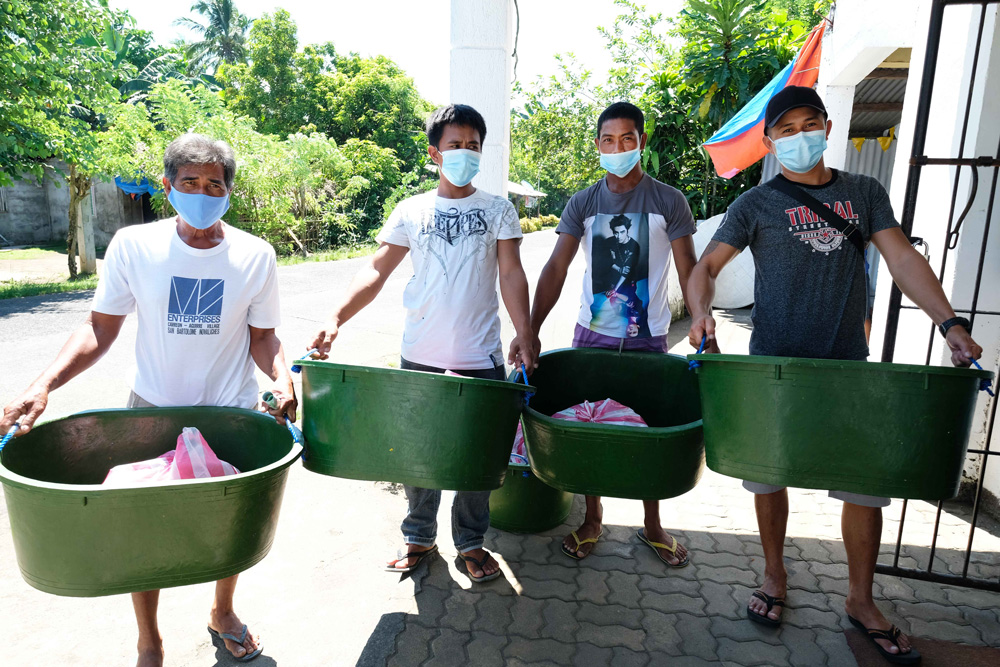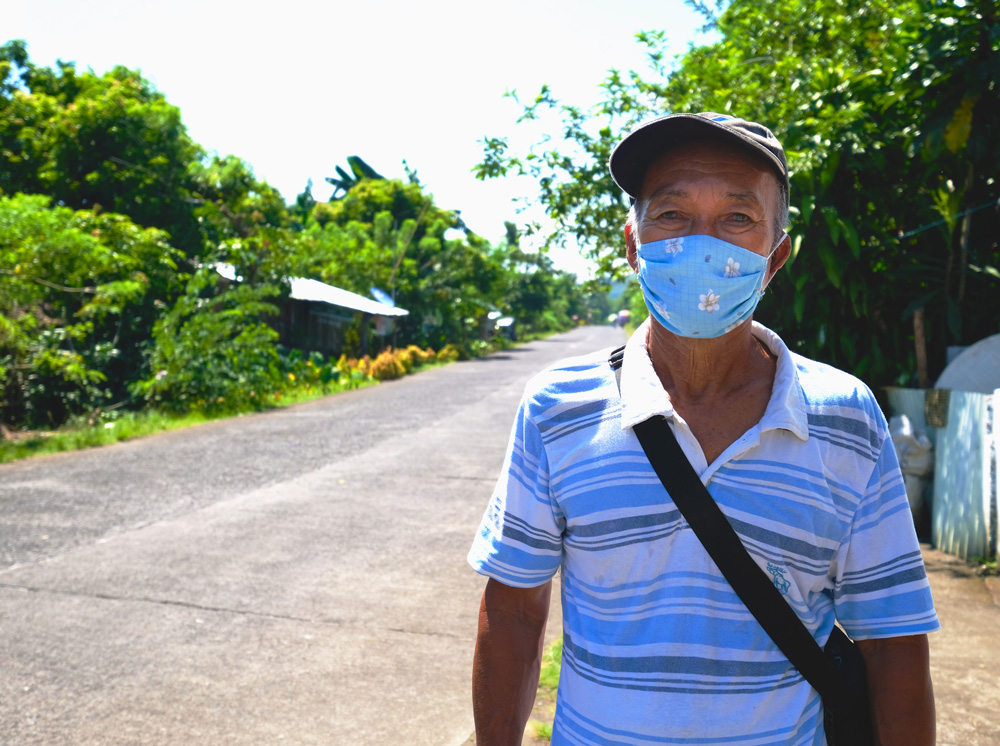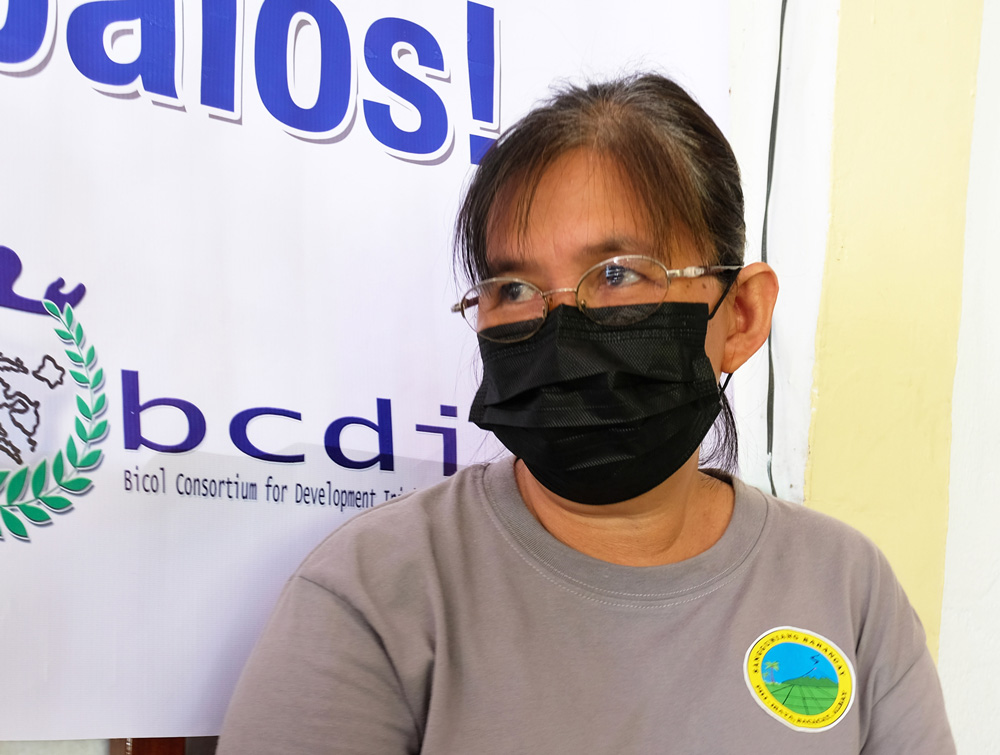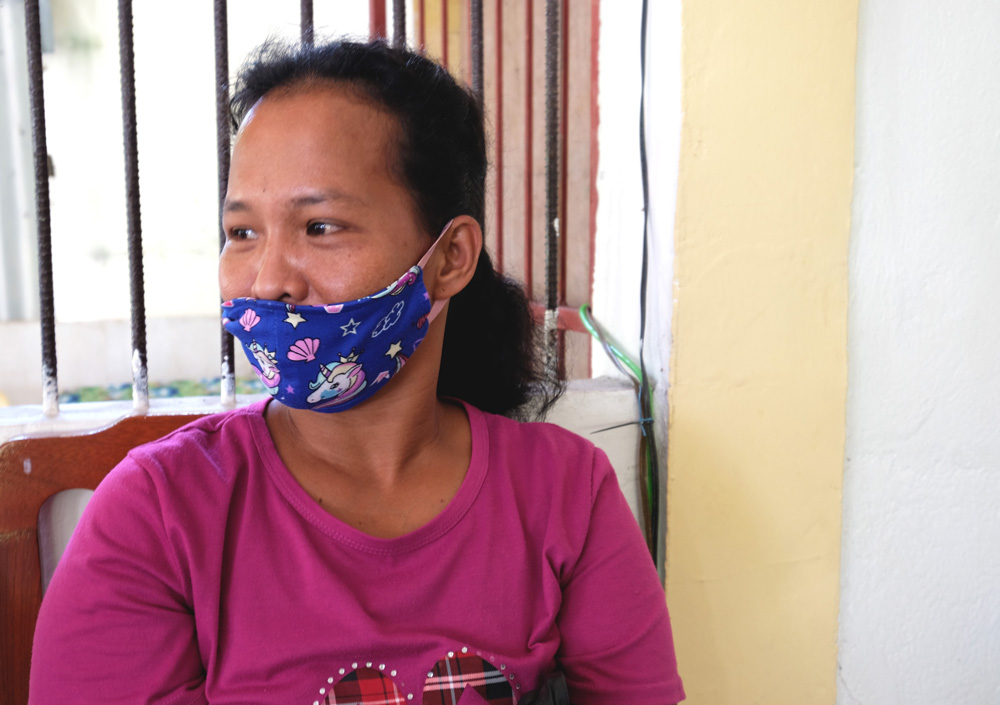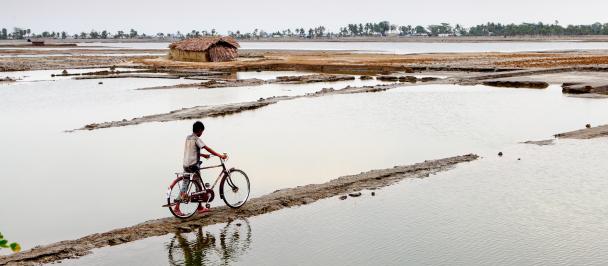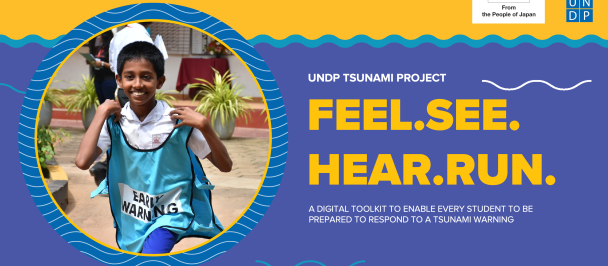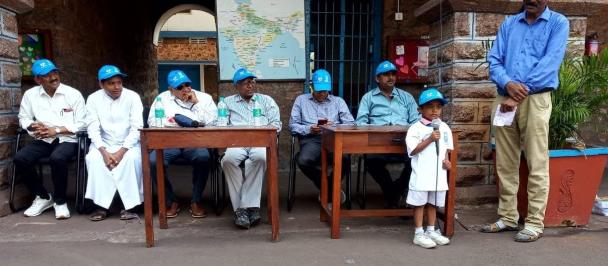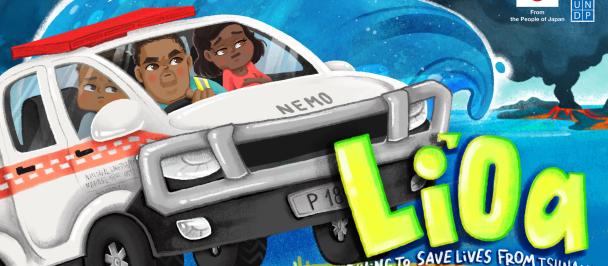Part 1 | By Charlene Balaan, UNDP Philippines Communications Associate
Recovery through Resilient Livelihoods: The Fisherfolks of Isla Manaet
July 8, 2021
When 64-year old fisher Julian Bata and his wife woke up in the wee hours of the morning on November 1, 2020, they were drawn into sharp consciousness by the violent howling of the wind against their nipa (dried grass) roof, coupled with the reverberating cracks of thunder—sounds that are all too familiar to the members of their coastal community on Manaet Island, in the Pili Iraya barangay (district), municipality of Bacacay, Philippines.
“Tatay” Julian Bata, a fisher on Manaet Island. Photo Credits: UNDP Philippines
Just a few weeks prior, they also had been at the receiving end of the wrath of Typhoon Quinta and its intense winds and rainfall. Many of the damaged houses in the community had not been fixed yet. The sight of a cloudy sky, raging winds, and the volatile sea was not unusual for the coastal villages and their fisherfolks.
Manaet Island is located off the coast of one of the most disaster-prone regions in the Philippines, Albay, which hosts an active volcano, Mount Mayon, located along the country’s eastern seaboard. The region is constantly faced with multiple, compound hazards year after year because of its geographic properties and location. Chief among these hazardous risks are typhoons, which cause storm surges and extreme flooding. In addition, the province has mountainous areas prone to landslides and surface run-off.
The local government authorities had already warned Tatay (Papa) Julian and the communities in Bacacay about the coming typhoon named Rolly. Their barangay representatives urged the families to secure their belongings, pack up, and evacuate to the designated areas for their safety—a regular practice, given the frequency of typhoons trudging this region.
Before evacuating his small family, Tatay Julian had hurriedly checked on his fishing boat, which he securely tied down and hid under a heavy canvas next to their kubo (small home), located around 200 meters from the shore. Fishing—his primary source of livelihood—had been halted because of the inclement weather. Nevertheless, Tatay Julian had to make sure that his boat is safe and intact so that he can go to sea again once the typhoon has passed.
“We are used to the typhoons. I tied down the boat and then we evacuated because we are located only 200 meters from the shore,” noted Tatay Julian, reminiscing how they faced the situation as calmly as they normally would.
Vita Basaysay, the Social Concerns Officer of Barangay Pili Iraya, also noted: “They’re used to their livelihoods being affected whenever there is bad weather. When there is a typhoon that passes, they know to hide and protect their boats”.
Vita Basaysay, Social Concerns Officer of Barangay Pili Iraya. Photo Credits: UNDP Philippines
The same is true for the family of Judy Besin, another citizen of Manaet Island, and her husband, a fisher who resorted to raising hogs as an alternative source of income in the midst of the ongoing COVID-19 pandemic. The yield from fishing had not been good because of the typhoons and they needed to find other means to feed their three very young children. They could only afford to buy one pig, and they had been looking forward to selling it for around 12,000 PHP (roughly 240 USD) once it’s old enough.
“We don’t have other means of livelihood aside from fishing and hog-raising. Life on the island is very hard."
"We are so far from the city center. When Rolly hit, we were evacuated. Our family lives next to the shore. When we came back, everything we owned was destroyed, but our sole pig survived!”, exclaimed Judy.
Judy Besin, from Isla Manaet. Photo Credits: UNDP Philippines
It was soon after their community was evacuated that they realized that Typhoon Rolly was no ordinary typhoon. It would come be known as the strongest tropical cyclone to hit the Philippines in 2020, leaving at least 20 people dead in its wake, displacing 89,000 citizens in Albay, and affecting almost two million people across 26 provinces in the island of Luzon. The Bicol Region bore the typhoon’s violent winds and torrential rains, blowing away roofs, toppling structures, and causing severe flooding and landslides.
In the few days it took to sweep across Luzon, Typhoon Rolly claimed lives and destroyed the livelihood of thousands. And unbeknownst to the people of Bicol then, they would only have a few days of respite from the destruction of Rolly before another typhoon hits the region—Typhoon Ulysses.
In just over a period of one month from October 11 to November 11, 2020, eight successive typhoons entered the Philippines’ area of responsibility. The most destructive of these were typhoons Quinta and Rolly, which directly impacted Albay.
It was the longest month for the people of Bacacay. And while they are “used to” calamities and natural disasters, the damages and losses they have to endure and recover from every time a new typhoon passes do not lessen or hurt less. In the face of a pandemic that has disrupted their lives, the succession of typhoons upended the livelihoods of Manaet Island’s fisherfolks and left them without income for an extended period of time.
Houses and fishing boats were destroyed, and Manaet was left disconnected and without electricity for months.
__
This is a two-part story. Read part two here.

 Locations
Locations